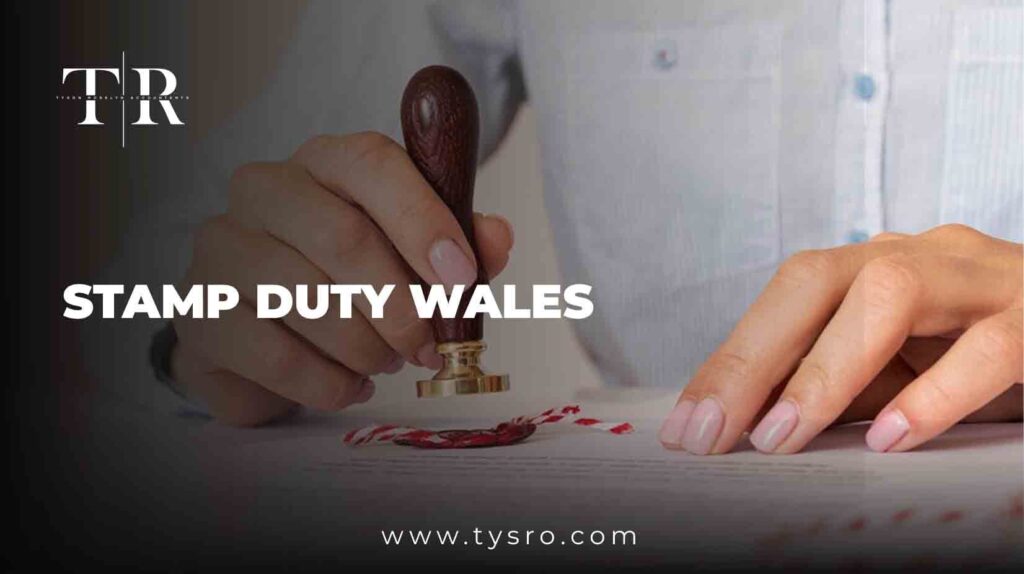Introduction
Understanding Stamp Duty Wales is essential for anyone looking to buy property in Wales. This article explores the rates, regulations, and key factors influencing stamp duty, helping potential buyers navigate this important aspect of property ownership. With the right knowledge, buyers can better manage their finances and make informed decisions about their property investments.
What is Stamp Duty?
Stamp Duty is a tax imposed on property transactions in Wales, specifically for buyers purchasing residential property. This tax applies to the purchase price of the property and varies based on how much the property costs. The Welsh Government administers this tax, and it plays a significant role in the overall cost of buying a home.
Why is Stamp Duty Important?
Stamp duty is crucial because it affects the total financial outlay required when purchasing a property. Many buyers may not fully account for this tax when budgeting for their new home, leading to potential financial strain. By understanding Stamp Duty, buyers can ensure they have sufficient funds set aside to cover this cost, avoiding unexpected expenses at closing. Engaging with Professional Financial Accounting & Tax Planning can provide valuable insights and help buyers effectively plan for these costs, ensuring a smoother purchasing experience.
Rates of Stamp Duty Wales
The rates for Stamp Duty Wales are structured in a progressive manner, meaning the amount of tax paid increases with the property price. As of recent updates, the Welsh Government has introduced specific bands that dictate how much stamp duty is owed based on the purchase price of a property.
Current Tax Bands
Here are the current tax bands for Stamp Duty Wales:
- Up to £180,000: 0% (no stamp duty)
- £180,001 to £250,000: 3.5%
- £250,001 to £400,000: 5%
- £400,001 to £750,000: 7.5%
- £750,001 to £1.5 million: 10%
- Above £1.5 million: 12%
For example, if someone purchases a property for £300,000, they would pay 0% on the first £180,000, 3.5% on the amount between £180,001 and £250,000, and 5% on the amount between £250,001 and £300,000. This progressive structure aims to make homeownership more accessible, particularly for first-time buyers.
Changes to Rates
It’s important to note that these rates may change based on government policy and economic conditions. Therefore, potential buyers should stay informed about any changes to Stamp Duty to ensure accurate budgeting.
Who is Exempt from Stamp Duty?
Certain buyers may qualify for exemptions or relief from Stamp Duty Wales. Understanding these exemptions can be beneficial and help save significant amounts of money.
First-Time Buyers
First-time buyers in Wales benefit from stamp duty relief on properties purchased below a certain threshold, typically £225,000. This exemption is designed to encourage homeownership among younger buyers and those entering the property market for the first time.
Other Exemptions
In addition to first-time buyers, there are other situations where stamp duty may be reduced or eliminated, such as:
- Transfers Between Family Members: Transfers of property between certain family members, such as parents to children, may not incur stamp duty.
- Properties Purchased for £40,000 or Less: Properties valued at £40,000 or less are exempt from stamp duty.
It is advisable for buyers to consult with a property expert or solicitor to determine their eligibility for any exemptions related to Stamp Duty.
How to Calculate Stamp Duty
Calculating Stamp Duty can be straightforward if you know the purchase price and the applicable rates. Several online calculators are available that can help buyers determine the exact amount they need to pay.
Steps to Calculate
- Determine Purchase Price: Know the final purchase price of the property.
- Check the Current Rates: Refer to the latest stamp duty rates and bands.
- Apply the Tax Bands: Use the tax bands to break down the calculation based on the property price.
- Use a Calculator: Online tools can simplify this process by automatically applying the rates based on the input price.
For example, using the previous property price of £300,000:
- No stamp duty on the first £180,000
- 3.5% on the next £70,000 (£180,001 to £250,000)
- 5% on the final £50,000 (£250,001 to £300,000)
Example Calculation
Using the above information, the total stamp duty for a property worth £300,000 would be calculated as follows:
- 0% on the first £180,000: £0
- 3.5% on £70,000: £2,450
- 5% on £50,000: £2,500
Total Stamp Duty Wales: £4,950
Payment Process for Stamp Duty
Once the property transaction is complete, buyers must ensure they pay the Stamp Duty within a specific timeframe, typically 30 days from the date of completion. Failure to do so can result in penalties and interest charges.
How to Make the Payment
The payment can be made through the HM Revenue and Customs (HMRC) website, where buyers can submit their payment electronically. Buyers will need to provide details such as the property address, purchase price, and any relevant exemptions they are claiming. Keeping records of the payment is crucial for future reference.
Conclusion
Understanding Stamp Duty Wales is crucial for potential buyers in Wales. By familiarizing themselves with the rates, regulations, and exemptions, individuals can make informed decisions and better manage their finances when purchasing property. With the right knowledge, navigating the property market becomes less daunting, and buyers can focus on finding their dream home without the stress of unexpected costs.
FAQs
What is Land Transaction Tax (LTT)?
Land Transaction Tax (LTT) is the Welsh equivalent of Stamp Duty, applicable on property purchases in Wales. It is calculated based on the property's purchase price and varies depending on the value.
Are there any exemptions for first-time buyers?
Yes, first-time buyers in Wales may be eligible for exemptions or reductions in Land Transaction Tax, depending on the property price. It’s essential to check the latest regulations to determine eligibility.
How is Land Transaction Tax calculated?
Land Transaction Tax is calculated based on the property's purchase price, with different rates applicable at various price bands. The higher the purchase price, the higher the rate of tax payable.
Can I claim a refund on Stamp Duty Wales?
Yes, you can claim a refund on Land Transaction Tax if you sell your property within three years and purchase another. You must meet specific criteria and provide necessary documentation to qualify.
What happens if I don’t pay Land Transaction Tax on time?
Failing to pay Land Transaction Tax on time may result in penalties and interest charges. It is crucial to ensure timely payment to avoid additional financial burdens and potential legal issues.
Final Thoughts
In conclusion, Stamp Duty Wales is an essential consideration in property transactions. By understanding the current rates and regulations, buyers can effectively budget for their new homes and take advantage of any available exemptions. With this knowledge, individuals can approach their property purchase with confidence and clarity. For personalized guidance and expert advice on navigating Stamp Duty Wales and other tax matters, Tyson Roselyn Accountants is here to assist you every step of the way.


